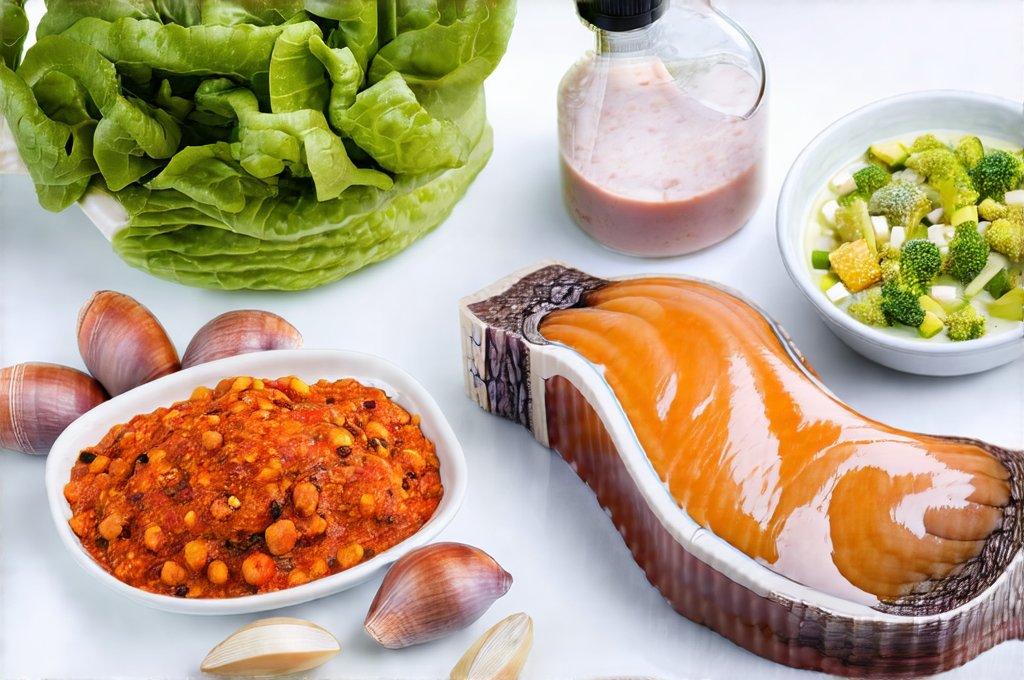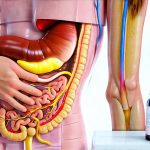Diarrhea is an incredibly common ailment, impacting people of all ages, but for those living with Irritable Bowel Syndrome (IBS) or experiencing acute stomach upset, it can be particularly debilitating. Beyond the obvious discomfort, persistent diarrhea can lead to dehydration, nutrient malabsorption, and a significant disruption to daily life. Often, managing this symptom isn’t about finding a “cure” in the traditional sense, but rather understanding how food interacts with your digestive system and implementing dietary strategies that minimize flare-ups and support overall gut health. This is where a carefully constructed anti-diarrhea diet plan becomes invaluable – one tailored to address both the immediate symptoms and the underlying sensitivities often present in conditions like IBS.
The challenge lies in the fact that what triggers diarrhea differs from person to person. For some, it’s high-fat foods; for others, it’s lactose or gluten. And even seemingly innocuous fruits and vegetables can cause issues depending on individual tolerance levels. Therefore, an effective diet isn’t a rigid set of restrictions but a flexible framework focused on easily digestible options, identifying personal triggers, and gradually reintroducing foods as tolerated. This requires mindful eating, paying close attention to how different foods make you feel, and being prepared to adjust your diet accordingly. It’s about empowering yourself with knowledge and taking control of your digestive wellbeing.
The BRAT Diet & Beyond: Foundations for Immediate Relief
The classic BRAT diet – Bananas, Rice, Applesauce, Toast – has long been recommended as a starting point during bouts of diarrhea. These foods are bland, low in fiber, and easy to digest, helping to bind the stool and reduce urgency. However, relying solely on BRAT can be limiting nutritionally and isn’t a sustainable long-term solution. It’s best viewed as a temporary measure for the first 24-48 hours while your digestive system recovers. As you begin to feel better, gradually incorporate other easily digestible foods like clear broth, boiled potatoes (without skin), and plain crackers. Hydration is paramount during this phase; sip on water, electrolyte solutions, or weak herbal tea throughout the day. Avoid sugary drinks, caffeine, and alcohol, as these can exacerbate diarrhea. If you are traveling and experiencing symptoms, reviewing travel nutrition tips is a good idea.
The key to expanding beyond BRAT lies in understanding food sensitivities. Many individuals with IBS find that FODMAPs (Fermentable Oligosaccharides, Disaccharides, Monosaccharides, And Polyols) contribute significantly to their symptoms. These are types of carbohydrates that aren’t fully absorbed in the small intestine and can ferment in the colon, leading to gas, bloating, and diarrhea. A low-FODMAP diet, often implemented with guidance from a registered dietitian, can be incredibly helpful for identifying trigger foods. It’s important to note that this is typically an elimination diet – you remove high-FODMAP foods for a period of time, then systematically reintroduce them to determine which ones cause problems. Combining probiotics and diet changes may also improve symptoms.
Rebuilding Gut Health: Long-Term Dietary Strategies
Once the acute phase of diarrhea has subsided, focus shifts towards rebuilding gut health and preventing future flare-ups. This involves incorporating probiotic-rich foods like yogurt (if tolerated – lactose-free options are available), kefir, sauerkraut, and kimchi into your diet. Probiotics introduce beneficial bacteria to the gut, helping to restore balance and improve digestion. Fiber plays a crucial role as well, but it’s essential to choose soluble fiber over insoluble fiber during recovery. Soluble fiber dissolves in water, forming a gel-like substance that helps regulate bowel movements. Good sources include oats, barley, psyllium husk (start with small amounts), and cooked carrots. Insoluble fiber, found in wheat bran and some vegetables, can actually worsen diarrhea. Considering a gut-friendly meal plan can help with long term health.
A crucial aspect of long-term management is mindful eating. Pay attention to portion sizes – large meals can overwhelm the digestive system. Eat slowly and chew your food thoroughly. Identify and avoid personal trigger foods, which may vary considerably from person to person. Keeping a food diary can be incredibly helpful in this process. Also consider how you’re combining foods; sometimes it’s not just the individual food itself that causes problems but the way it interacts with others. For example, combining high-fat foods with high-fiber foods might exacerbate symptoms for some individuals.
Identifying and Managing IBS Triggers
IBS is a complex condition, and identifying specific triggers can be challenging. Beyond FODMAPs, common culprits include:
- Fatty Foods: These can increase gut motility and lead to diarrhea. Limit fried foods, high-fat meats, and full-fat dairy products.
- Caffeine & Alcohol: These are stimulants that can irritate the digestive system. Reduce or eliminate your intake of coffee, tea, soda, and alcoholic beverages.
- Spicy Foods: Capsaicin, the compound responsible for the heat in chili peppers, can stimulate bowel movements.
- Artificial Sweeteners: Sorbitol, mannitol, and xylitol are sugar alcohols that can have a laxative effect.
Keeping a detailed food diary – recording what you eat, when you eat it, and any associated symptoms – is invaluable. Look for patterns and correlations between specific foods and your diarrhea episodes. Consider working with a registered dietitian specializing in IBS to develop a personalized dietary plan tailored to your individual needs and sensitivities. This may involve an elimination diet followed by carefully planned reintroductions of potential trigger foods. If you are experiencing ongoing discomfort, consider building a gentle meal plan to help manage symptoms.
The Role of Hydration & Electrolytes
Diarrhea leads to significant fluid loss, which can quickly lead to dehydration. Staying adequately hydrated is crucial for preventing complications and supporting recovery. Sip on water throughout the day, even if you don’t feel thirsty. Electrolyte solutions (available over-the-counter) can help replenish lost minerals like sodium, potassium, and chloride. These are particularly important after prolonged or severe diarrhea episodes.
Avoid sugary drinks, as they can actually worsen dehydration by drawing water into the intestines. Weak herbal teas – chamomile, peppermint, and ginger – can be soothing to the digestive system and may help reduce nausea. If you’re struggling to stay hydrated due to persistent vomiting, seek medical attention. Signs of dehydration include: excessive thirst, dry mouth, dark urine, dizziness, and fatigue. Understanding hydration timing can also help.
Gradual Reintroduction & Food Tolerance Testing
When reintroducing foods after a period of restriction, do so gradually – one food at a time. Start with small portions and observe how your body responds over the next 24-48 hours. If you experience any symptoms – bloating, gas, cramping, or diarrhea – that suggests intolerance to that particular food. Don’t despair if you find yourself eliminating several foods; it’s about finding what works for you.
A systematic approach is key. For example, if you suspect lactose intolerance, try a small amount of lactose-free milk and monitor your symptoms. If tolerated well, gradually increase the portion size. You can also experiment with different types of dairy products – some individuals tolerate hard cheeses better than milk or yogurt. Remember that tolerance levels can change over time, so it’s important to periodically reassess your diet and adjust as needed. Don’t be afraid to seek guidance from a registered dietitian to help navigate this process effectively. A bland diet can also be helpful during periods of acute upset.


















